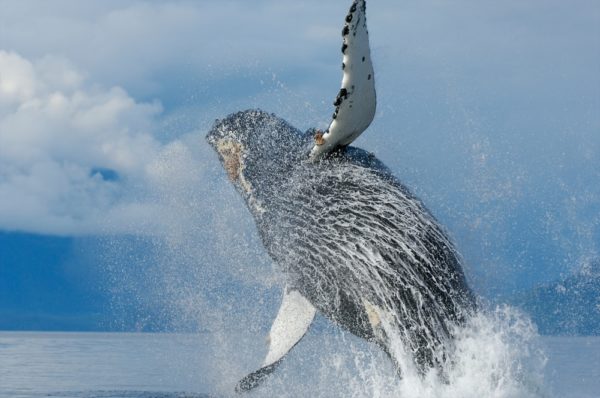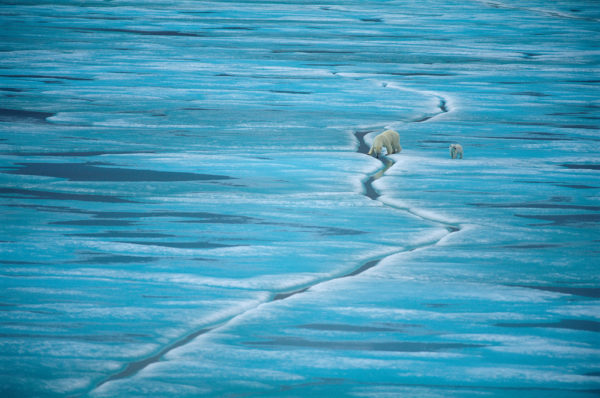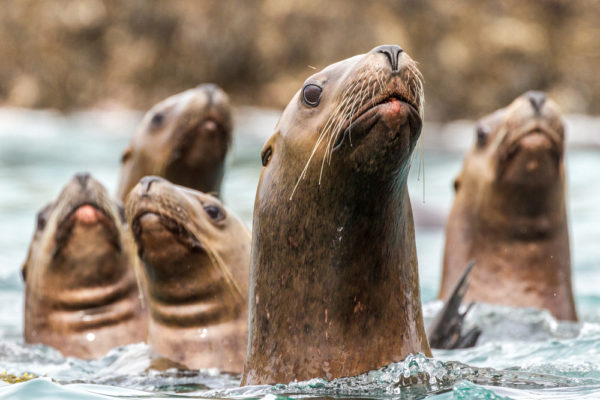Canada’s marine protection plans are all over the map
Today is World Oceans Day, with just six months to go for the government to complete a tough assignment: protecting five per cent of Canada’s marine areas by December 31, 2017. With the deadline looming, it’s time to check in on the progress towards these targets. How is Canada doing?
Why marine protection
Marine protected areas (MPAs) are safe havens where ocean life can recover from human impacts. They support biodiversity as a whole, similar to national parks on land, providing a zone where development should be limited so wildlife can thrive.
And strong MPAs are desperately needed. The world’s oceans have lost more than 36 per cent of their wildlife populations since 1970, due in large part to overexploitation as well as habitat loss and climate change. Almost one-third (31 per cent) of fish stocks globally are harvested at unsustainable levels.
Top marks
There has been substantial progress during the past year with announcements of new MPAs flooding in. Many of these MPAs will offer real habitat protection for wildlife.
St. Anns Bank will be 75 per cent closed to commercial fishing with a total ban on destructive fishing gear, such as bottom trawl nets that are harmful to resident leatherback sea turtles.
Anguniaqvia niqiqyuam (Darnley Bay), a critical habitat for belugas and polar bears, is the first MPA in Canada where conservation objectives will be guided by Indigenous traditional knowledge.
Marine protected areas such as these that are off limits to extractive uses, including industrial fishing, oil and gas exploration and exploitation, and seabed mining get top marks from us.
Needs improvement
Not every new protected area will meet international standards for marine protection. For example, Scott Islands, Canada’s first marine National Wildlife Area (mNWA), was announced in December 2016.
The proposed regulations won’t protect the marine and bird life found on and around the islands: Steller sea lions, blue whales, grey whales, humpbacks and three distinct populations of orca, to name a few.
Oil and gas exploitation will still be permitted and harmful fishing practices, such as bottom trawling, will not be legally prohibited in the area. WWF-Canada is working with other organizations to strengthen regulations so the 11 endangered or threatened species that call this area home can be properly protected in this mNWA.
On track to fail
We’re even more worried about a big project coming up: the regulations for the Laurentian Channel MPA. It’s set to be the largest MPA in Canada to date. It’s an important foraging area for endangered leatherback turtles and habitat for other wildlife such as Northern wolffish, porbeagle sharks, smooth skates and black dogfish.
And unless something changes, it’s on track to allow oil and gas exploitation in over 80 per cent of its waters.
What kind of MPAs do we want?
Oil and gas activities are never compatible with conservation. And Canadians from coast to coast agree: In this WWF-Canada public opinion survey conducted by Environics Research in the fall of 2016, 80 per cent of people said that oil and gas exploitation is not acceptable in marine protected areas. Further, 91 per cent supported minimum standards for marine protection — standards that proposed areas such as Laurentian Channel and Scott Islands would not meet.
World Oceans Day is a day to celebrate the progress we’ve made toward protecting our oceans, which cover 70 per cent of our planet. Canada can be proud of some of the progress it’s making towards hitting its marine protection targets at the end of 2017, and the further target of 10 per cent protected by 2020.
But we’re not popping the champagne quite yet. It’s on ice, as WWF-Canada works to ensure high standards of marine protection in all three oceans.




